My simple recipe will reward you each time with long, fluffy, aromatic grains of basmati rice. Don't struggle with mushy rice again!
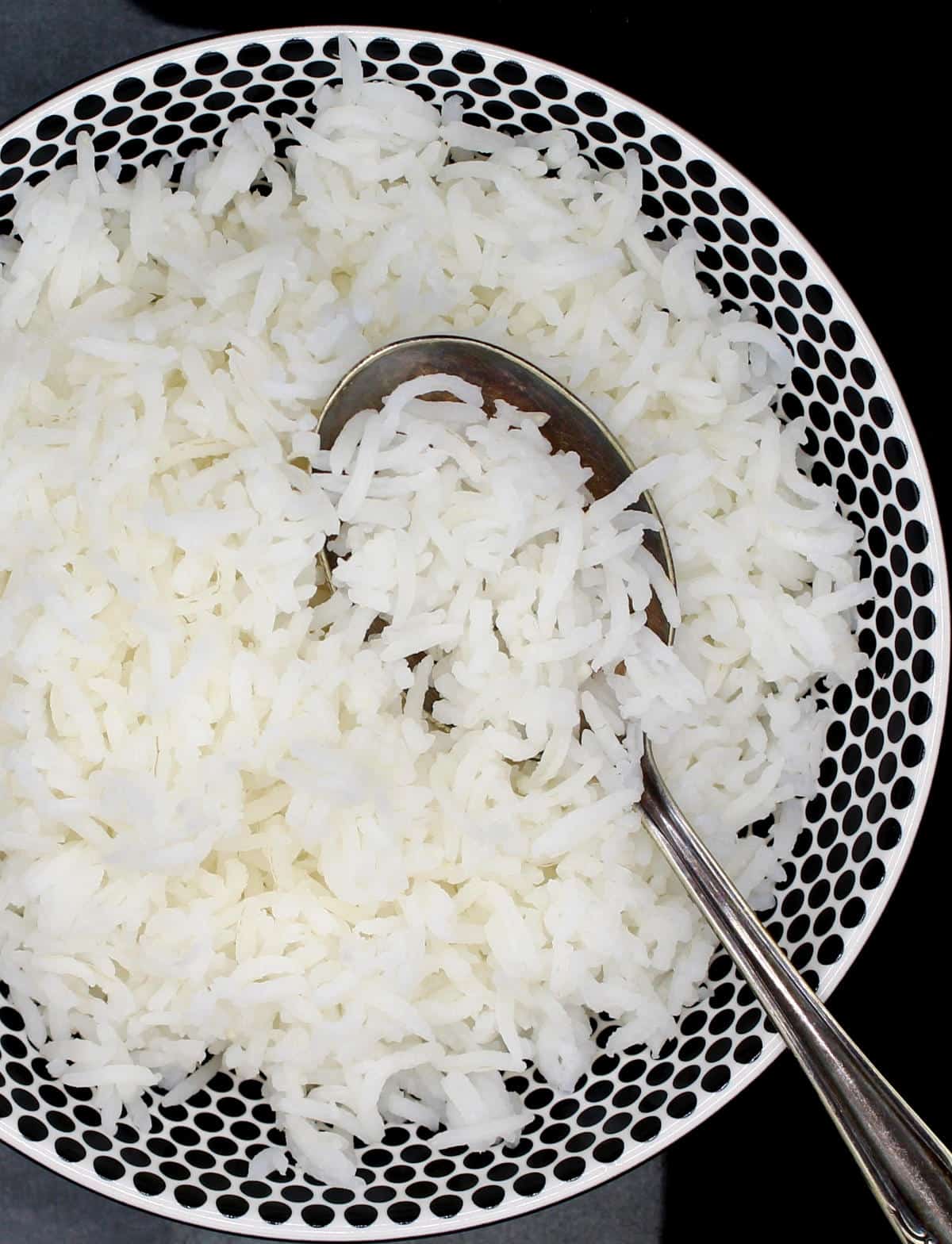
Table of Contents
Basmati rice: An Indian staple
We Indians eat a lot of rice, and there are countless varieties of rice available in India, from sona masoori to ambemohar, kolam, ponni and matta rice, among many others. Growing up I remember my mom and aunts debating which variety was best to use for each dish they made. But when it came to cooking something special like a pulao or biryani there was no argument: it had to be basmati rice.
Basmati has always been the unequivocal king among all rice varieties in Indian cuisine. What makes it so special is its amazing aroma and the fact that unlike short-grain and medium-grain rice varieties that tend to clump after cooking, basmati rice grains, when cooked properly, can remain separate and lengthen to nearly twice their size. If that's not enough, basmati rice is also considered healthier because it has a lower glycemic index and causes fewer glucose spikes than other rice varieties do.
Not all basmati rice is created equal, and you can find dozens of varieties at an Indian store, ranging from more affordable, everyday varieties to expensive varieties with longer gains and a more intense aroma. In my pantry, I have a more affordable variety for everyday use and a bag of extra-long-grain rice for special dishes.
Regardless of which variety of basmati rice you use, my recipe will reward you with perfect, non-mushy rice each time. It all comes down to how much water you let the rice absorb. My foolproof method of cooking the rice in a big pot of water, much like one would cook pasta, helps you control this better than any other method. This is how my grandmom and other Indian housewives made rice before pressure cookers because de rigueur in Indian kitchens. It's also the healthiest method if you are looking to keep your blood sugar under control because a lot of the starch washes away when you strain out the rice.
This recipe is for cooking plain basmati rice that you can eat with dal or vegetable curry, but once you've mastered it you will find it easier to make more complicated Indian rice dishes, like vegetable biryani. Questions? Check out my FAQs below, or ask away in the comments below!
Recipe card
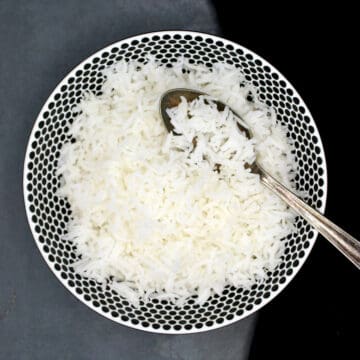
Basmati Rice Recipe
Ingredients
- 1 cup raw basmati rice
- water
Instructions
- Place the basmati rice in a colander or strainer. Rinse under running water for a minute.
- Place a large pot of water to boil on the stovetop over high heat.
- When the water boils, add the rinsed basmati rice to it. Bring the water back to a boil, then turn heat to medium-low and let the rice cook 12-14 minutes or until the grains are tender.
- Immediately strain out the excess water and place the rice in a bowl for serving.
Notes
- It is important to strain out the water as soon as the rice is done cooking. If the rice sits in the hot water after cooking, it will continue to get soft and mushy.
- Rice cooked this way will come out fluffy - you don't need to fluff the grains with a fork after cooking.
Nutrition Information
To print recipe card without images, uncheck "instruction images" after clicking the "print recipe" button.
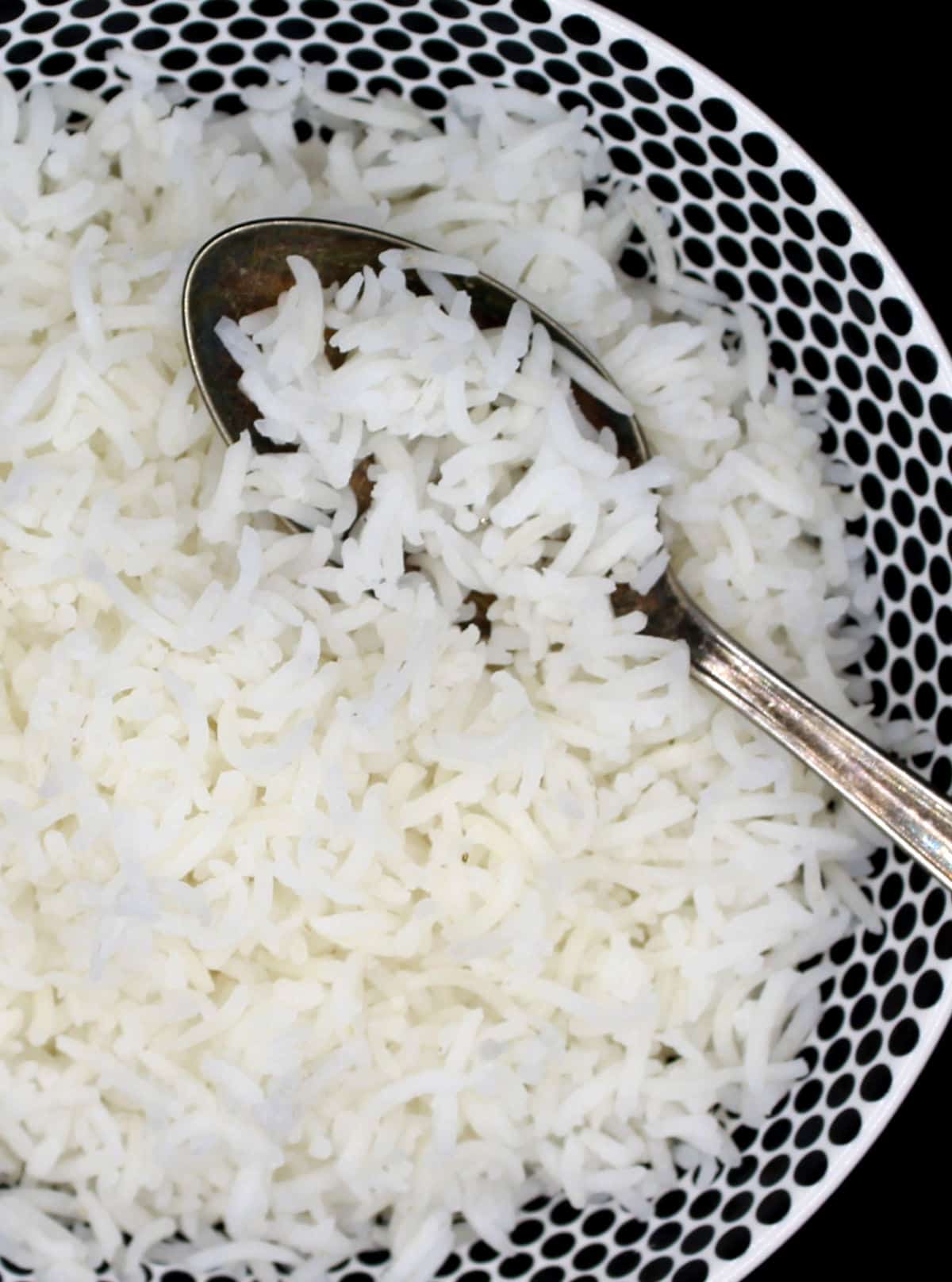
Would you like to save this recipe?
Basmati rice FAQs
A cup of basmati rice will make approximately three cups of fluffy, cooked rice. That is enough for four hearty servings.
You don't need to soak the rice for this method but if you want to, soak it up to 30 minutes. Soaked rice will cook faster, so check after it has been in the boiling water for 10 minutes.
Basmati rice freezes beautifully. Place it in a freezer-safe container or bag and freeze for up to three months. To reheat the rice in the microwave, sprinkle a tablespoon water and reheat for two minutes per cup of rice.
For everyday use I buy a 20-pound bag of Royal basmati from Costco. It's a decent variety and it works well on a budget. For more fancy preparations like vegetable biryani I buy a more expensive variety from the Indian grocery store, like Tilda or Daawat. These are more aromatic and have longer grains.


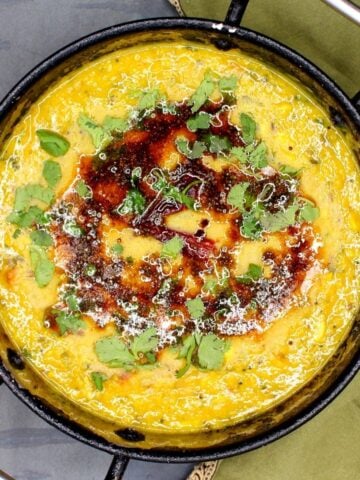
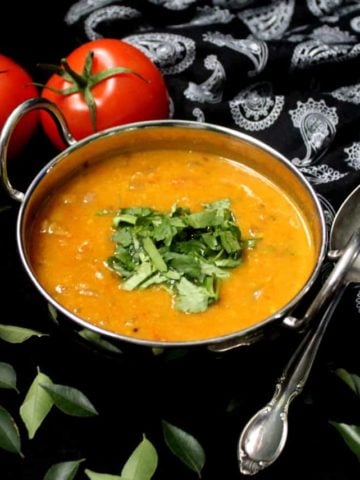
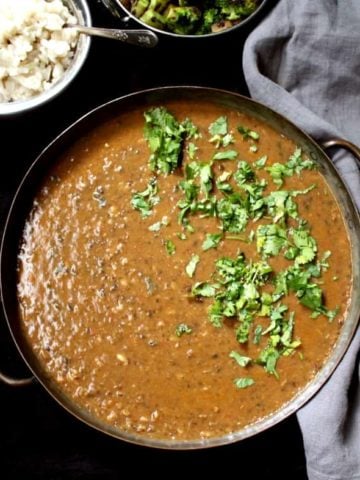
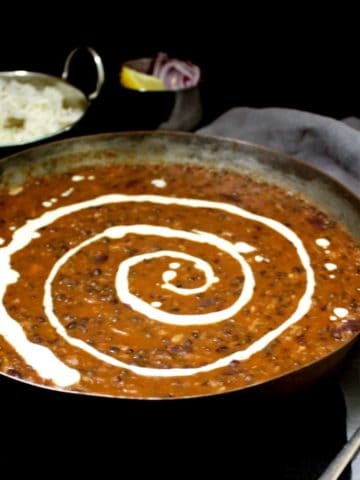


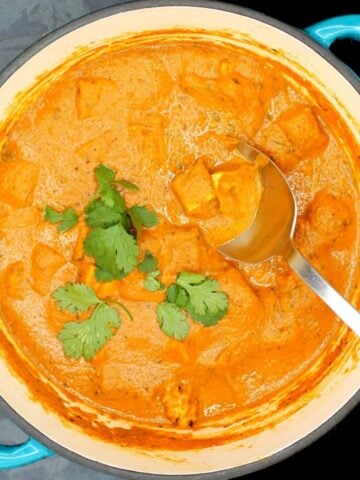
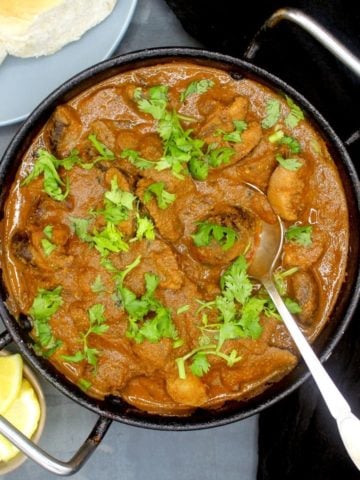




Carolyn says
I cooked rice this way to serve with the delicious brussels sprouts stew. This is now my go to method. I usually rinse it but didn't realise that this was why it was stodgy so thank you for this.
Lori says
I'm going to try this with brown basmati rice. I usually use a 1:1.2 rice to water ratio and 22 minutes of high pressure with a natural pressure release for short grain brown rice. Do you have any other recommendations for brown rice? I'm committed to using whole grains. Thanks for sharing your wisdom.
Vaishali says
Try soaking the brown rice for a couple of hours before cooking.
Christy says
I haven't made this yet but definitely wanted to thank YOU for this fabulous lesson!!! WAS always wondering as to which method was the best!! Thank you so much for clarifying!! I'll definitely post once I make it with personal results!! Thanks again!!🙌😁2👍
Vaishali says
Awesome, would love to hear when you try!
Vaishali says
Hi Christy, so happy you found it useful. Would love to hear after you try!
Dave fryett says
How about a Hindi lesson: Is biryani two syllables or three? Bee-ree-YAH-nee or beer-YAH-nee?
Two of my fav' easy rice dishes: Indian cumin rice and Filipino garlic rice.
Vaishali says
It’s four syllables — bir-ee-yah-nee. 🙂
Stephanie says
I have electric hotplates, I rinse and soak add twice weight in boiling water. As soo as it starts to boil I turn of and leave 12 mins. Quote economical
Lynn says
What if I want to rinse the rice but cook in the instant pot?
Do I vary the cooking time given?
Thanks!
Vaishali says
Just reduce cooking time to seven minutes! If you soak 6 minutes would be enough.
Jim says
The recipe does not say after boiling the water to reduce to a simmer for the 10 or 15 minutes. After this time do you let it sit for 15 minutes without opening the lid on the hot turned off stove or the bench? I will try these methods to see if it turns out fluffy.
Vaishali says
Hi Jim, always turn the heat to the lowest setting before you cover with the lid to keep the rice from burning and sticking to the bottom. Once you turn off the heat let the rice stand on the turned off stove for 10-15 minutes.